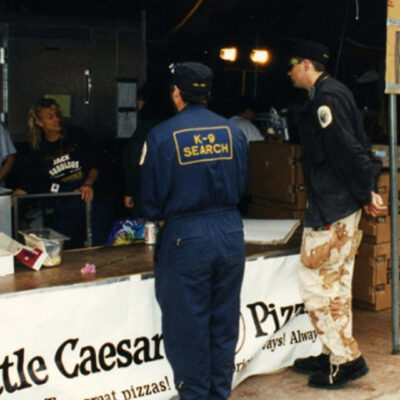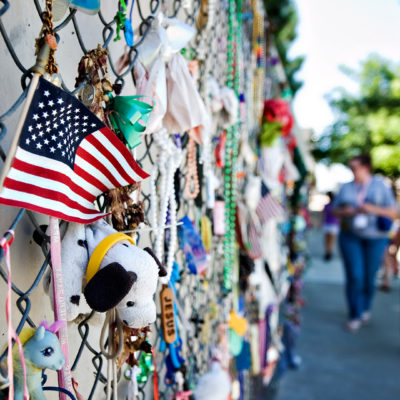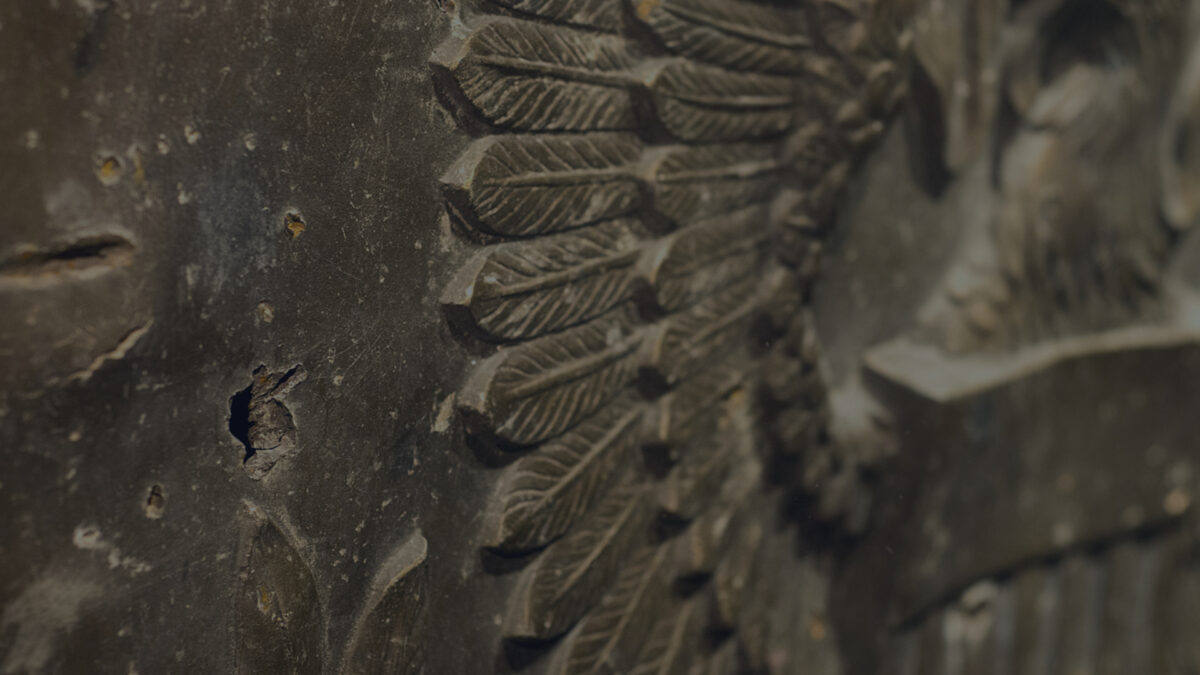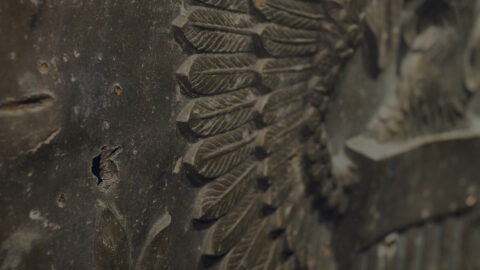Lessons Learned
Stay Where You’re Needed and Help Those Most in Need First
The medical community response in Oklahoma City was unprecedented. Nearby medical facilities including St. Anthony, Presbyterian, OU and the Children’s Hospital immediately initiated their crisis management plans. Staff cleared operating rooms and emergency rooms in preparation for trauma patients. EMTs, paramedics, doctors and nurses arrived on scene within minutes of the bombing.
Medical responders quickly set up triage centers near the Alfred P. Murrah Federal Building. Within 15 minutes of the blast, EMSA had committed all 34 of its ambulances to the disaster.
Sadly, one of the rescue workers – nurse Rebecca Anderson – was hit by falling debris and later died from her injury. The selflessness of the medical community that day saved many lives – and will never be forgotten. Her story and several like it can be found in Chapter 4 of the Memorial Museum.
Hospital Preparedness and Response
Fortunately, Oklahoma City hospitals had participated in a 1994 Emergency Management Institute training in Emmitsburg, MD. They knew what to do. Immediately, hospitals across the metro changed their code level, signaling a need for extra personnel and communication coordination with ambulance services. Hospitals were utilized on proximity and availability.
One major challenge hospitals faced during the aftermath of the bombing was providing a singular information point of contact to family members, survivors and media. These groups inundated hospitals looking for loved ones and information. More on that in Crisis Communication.





